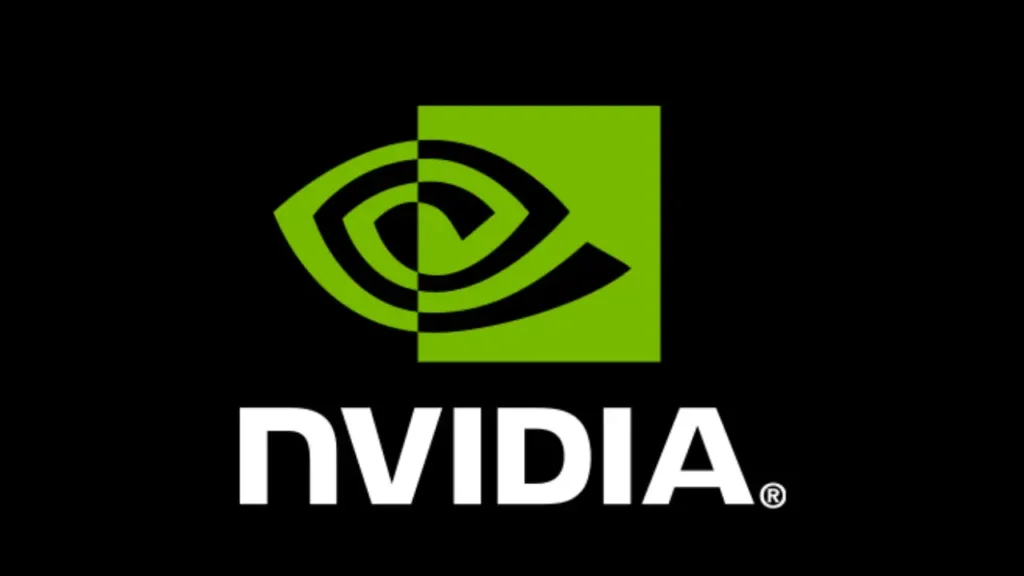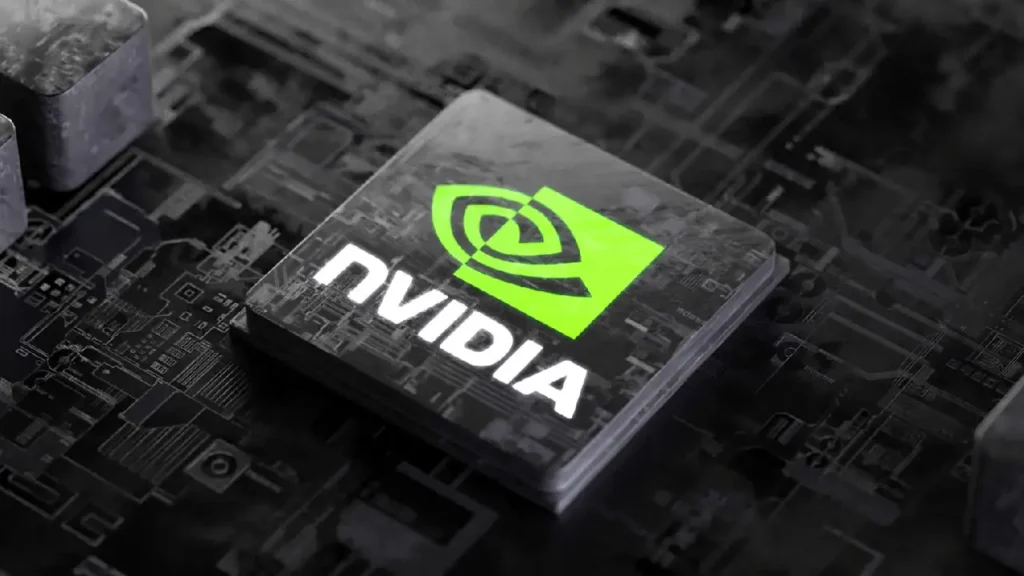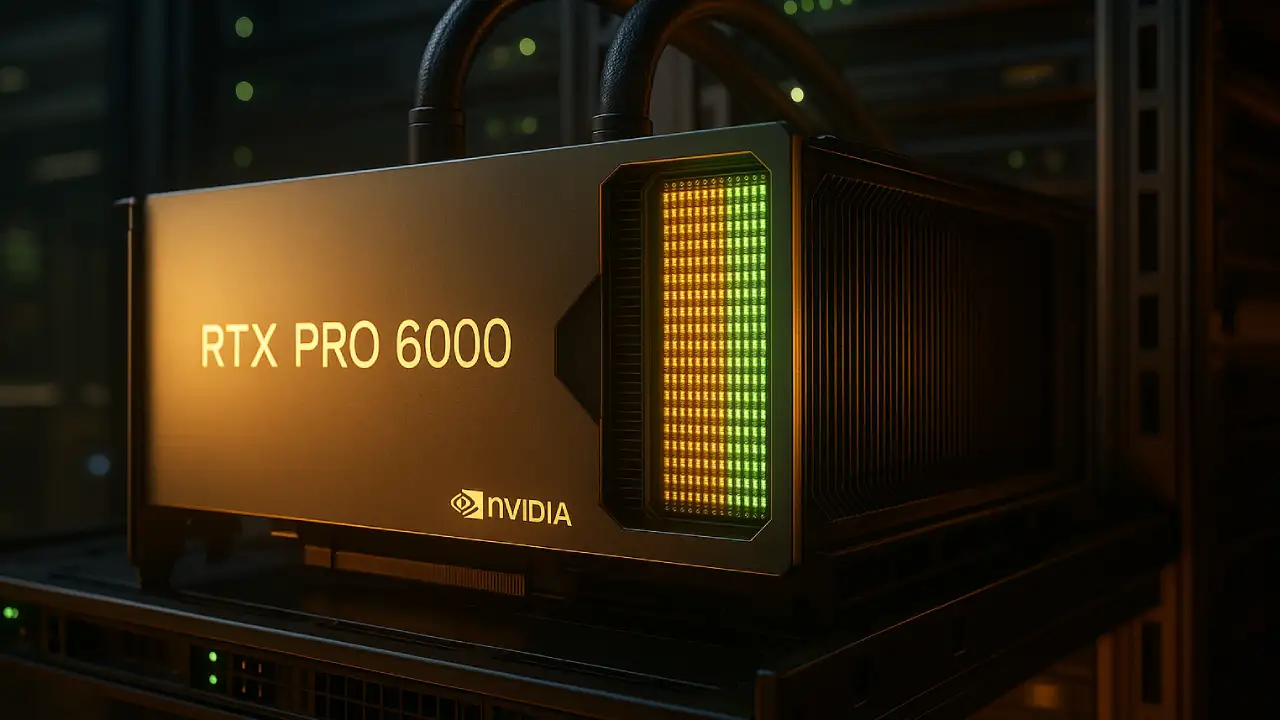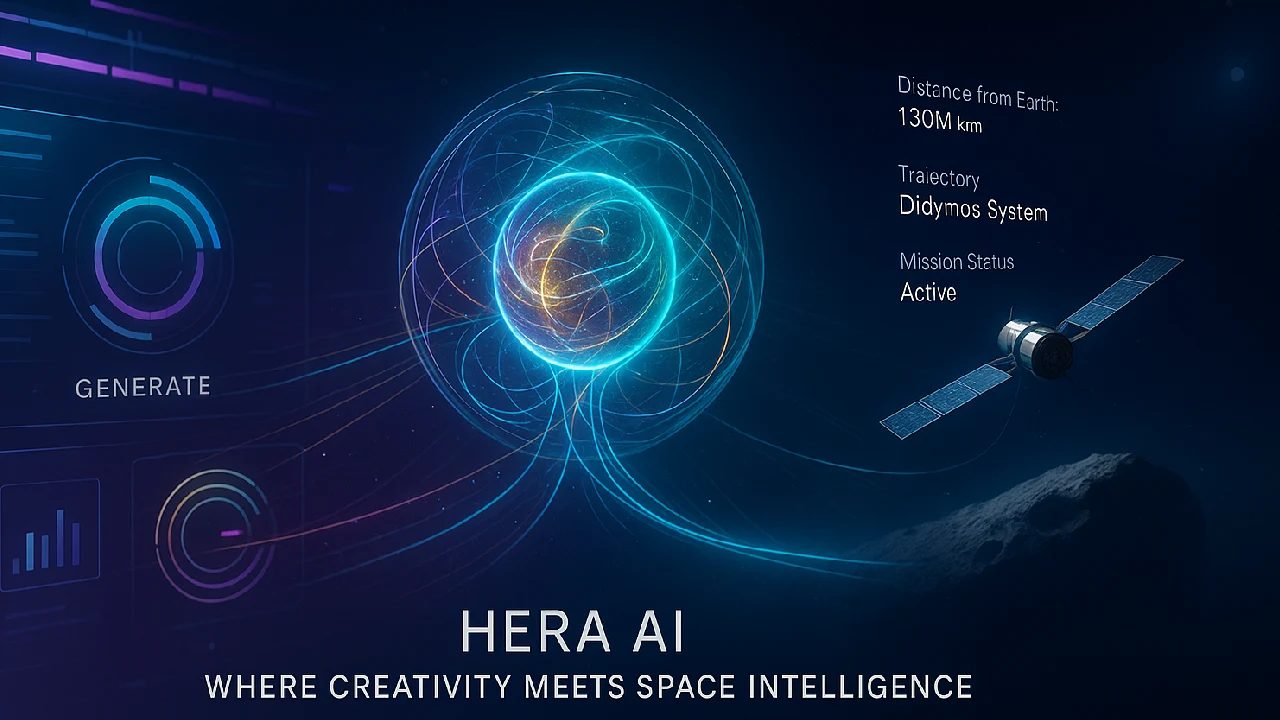What if one GPU could run your whole AI factory, from LLMs to real-time rendering? With its 24K CUDA cores and 117 TFLOPS of power, the NVIDIA RTX PRO 6000 Blackwell Server Edition promises to do just that. This beast isn’t just about strength It has to do with changing what is achievable in AI datacenters, visual computing, and enterprise-grade deployments.

In this blog, we explain what this card is, why it’s causing a stir in the enterprise GPU arena, and how you can use it in your server or cloud environment.
What is the NVIDIA RTX PRO 6000 Blackwell and why it matters
NVIDIA’s top-of-the-line enterprise GPU, the RTX PRO 6000 Blackwell Server Edition, is based on the Blackwell architecture. It is built to handle a wide range of tasks, from LLM inference to high-resolution 3D rendering and scientific computation.
It was made for data centers and AI infrastructure, and it can run agentic AI multi-instance workloads, rendering pipelines, and physical simulations all in one package.
The specs are amazing, but the true benefit is that it’s flexible and ready for the future for businesses that use AI.
Key features simplified for real value
Let’s break down the most impressive specs and what they actually mean.
- CUDA cores 24064 parallel processors handle massive AI matrix computations and 3D workloads
- Tensor Cores 752 fifth-gen units optimize FP4 precision and DLSS 4 AI upscaling helping prototype LLMs faster than ever
- RT Cores 188 fourth-gen cores drive neural graphics and RTX-powered rendering with 2X faster ray tracing
- Memory 96GB of ECC GDDR7 with 1597 GB/s bandwidth handles massive models datasets and VR scenes
- FP32 Performance 117 TFLOPS for single precision workloads
- Peak AI 37 PFLOPS at FP4 precision with up to 4000 AI TOPS
- Thermals Passive cooling but designed for liquid cooled racks via Supermicro CoolIT and similar vendors
- MIG Support Allows up to 4 isolated GPU instances on a single card each with its own memory and compute partition
This card is not just built for speed It is built for versatility.
The RTX PRO 6000 is more than simply a GPU; it has 24064 CUDA cores with MIG support, making it a multi-tenant AI factory on silicon.
How it compares and where it fits
You might want to know how this stacks up against NVIDIA’s H100 or A100. The RTX PRO 6000 Blackwell is better than the H100 in corporate flexibility, multi-instance design, and AI rendering, even though the H100 is better at some HPC applications.

It is ideal for
- AI inference and training in the same server
- Generative AI and agentic AI pipelines
- Synthetic data generation for robotics and simulations
- Visual computing in Omniverse and Blender
- Secure data environments with Confidential Compute and Root of Trust
- Multi-GPU racks with 8x GPU VM setups like Google Cloud G4 instances
Real world use cases that matter
Let’s imagine you have an AI firm that makes multilingual chatbots or a media studio that makes surroundings that look very real. This GPU can do both quickly and on a large scale.
- Enterprise Cloud Providers like HPE and Supermicro are expected to deploy these in liquid cooled racks supporting 96 GPUs per rack
- LLM Startups can partition the GPU for serving multiple models per tenant
- Film and Game Studios can run DLSS 4 for real-time rendering and virtual production
- Scientific Research Labs can run dynamic simulations and analytics on huge datasets
Availability and pricing details
The RTX PRO 6000 Blackwell is advertised as “coming soon,” although it is projected to come out in May 2025. You can already place preorders, and the projected price for the workstation edition is between $8435 and $8565.
Cloud infrastructure providers and enterprise IT vendors are getting ready to use liquid-cooled servers to meet its peak power use of 600W.
This card is the best pick for an AI infrastructure improvement because it will last.
Final thoughts
The NVIDIA RTX PRO 6000 Blackwell server GPU is more than simply a graphics card; it’s a universal engine for the next generation of AI-powered workloads. This GPU is fast, scalable, and well-designed, whether you’re making LLM inference models, displaying game settings, or doing scientific simulations.
Would you think about upgrading your data center to the RTX PRO 6000 Blackwell? Tell us







